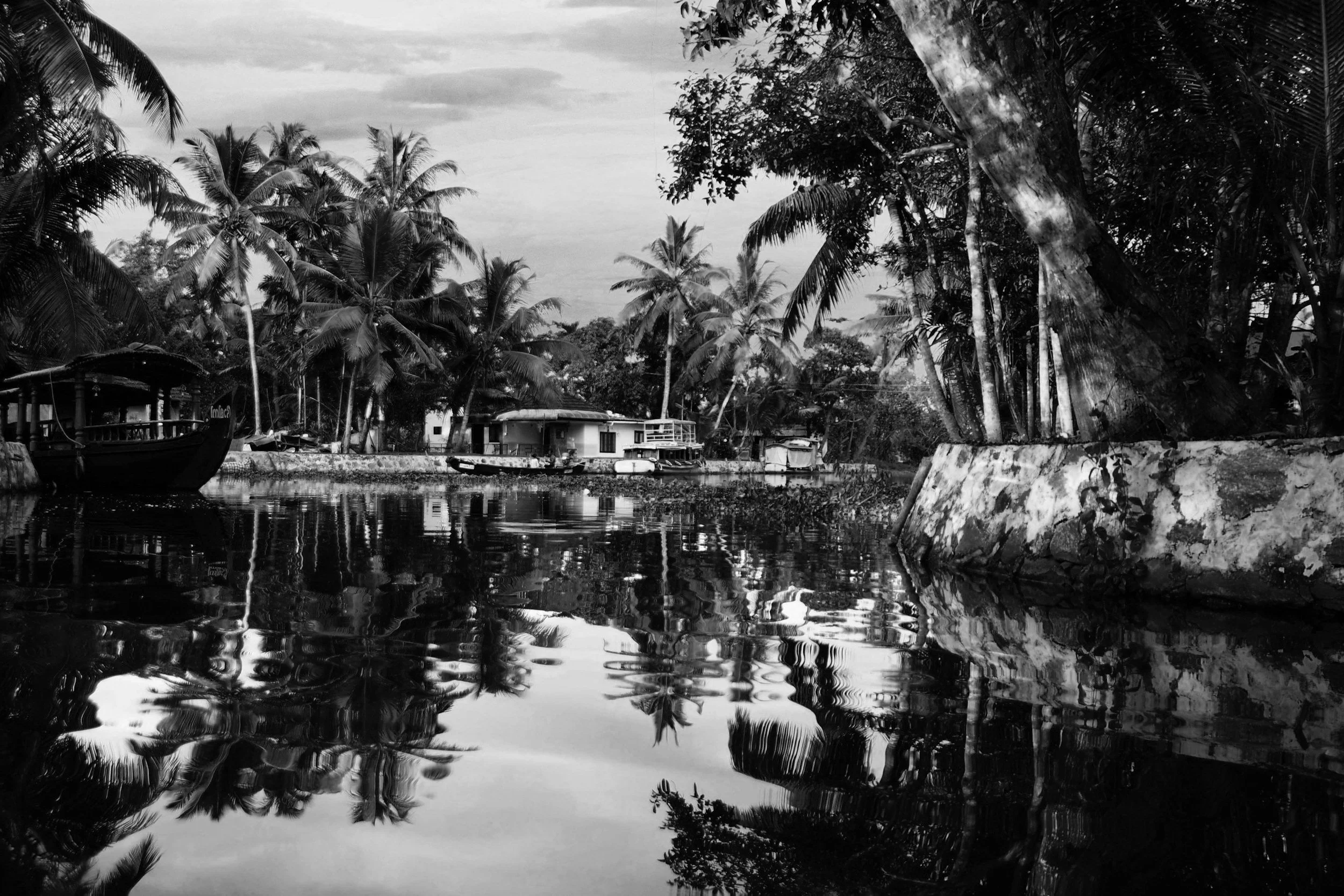The 10 Best Offbeat Destinations in India to Start a Restaurant in 2025
India's cultural and geographic diversity presents unmatched opportunities for culinary innovation and unexplored markets in lesser-known regions. While cities like Delhi, Mumbai, and Bangalore overflow with restaurants, offbeat destinations offer fertile ground for unique ventures. Supported by shifting consumer preferences, government initiatives for regional tourism, and rising urban-rural mobility, these areas deserve attention.
1. Rishikesh, Uttarakhand
Renowned for its spiritual and adventure tourism, Rishikesh draws over a million domestic and international tourists annually. According to Uttarakhand Tourism Development Board (UTDB), there has been a 20% year-over-year increase in visitors post-pandemic. This influx is fueled by the wellness industry boom, with yoga retreats and eco-tourism leading the charge. Restaurants here must align with this ethos—plant-based menus, locally-sourced ingredients, and serene atmospheres resonate deeply with its audience. This aligns with a global trend: according to a 2023 Statista report, the global wellness market is expected to reach $7 trillion by 2025.
2. Dharamshala, Himachal Pradesh
With its snow-capped mountains and vibrant Tibetan diaspora, Dharamshala offers a blend of cultural richness and natural beauty. The town has seen a steady 15% increase in footfall, as per Himachal Tourism’s 2023 statistics. Culinary ventures can benefit from Dharamshala’s reputation as a hub for slow tourism. While Tibetan influences dominate, the growing number of digital nomads has created demand for global cuisines and experiential dining.
3. Shillong, Meghalaya
As the heart of Northeast India, Shillong offers a unique demographic mix—locals with deep-rooted tribal traditions, students from across the country, and a rising number of international tourists. The Meghalaya Tourism Department reported a 30% growth in tourists in 2022. Shillong’s burgeoning cafe culture is a byproduct of its youthful vibe, with an increasing appetite for artisanal coffees, fusion foods, and live music venues.
4. Alleppey (Alappuzha), Kerala
The backwaters of Alleppey have long attracted both domestic and international tourists. What sets Alleppey apart is its integration of culinary tourism with natural beauty. Kerala’s tourism board notes that 40% of its travelers in 2023 sought culinary experiences, focusing on local spices and seafood. Restaurants catering to niche markets such as Ayurvedic diets, organic farm-to-table concepts, or houseboat dining experiences can thrive here, supported by the state’s focus on promoting sustainable tourism.
5. Hampi, Karnataka
A UNESCO World Heritage site, Hampi’s allure lies in its historical significance and surreal landscapes. Despite being a less commercialized destination, Karnataka’s tourism authorities reported a 22% increase in visitors in 2022. Restaurants here can cater to culturally curious travelers, with an emphasis on hyperlocal cuisines and thematic settings. Hampi’s lack of large-scale commercial chains also allows independent ventures to shine.
6. Pushkar, Rajasthan
This small desert town is a magnet for spiritual seekers and international backpackers. Its annual Pushkar Camel Fair alone attracts nearly 200,000 visitors. Rajasthan’s tourism department reveals a rise in boutique businesses, including restaurants catering to dietary restrictions like veganism and gluten-free diets. In fact, Google Trends reports a 40% increase in searches for "vegan restaurants" in Rajasthan over the past three years.
7. Majuli, Assam
As the world’s largest river island, Majuli remains an eco-tourism haven. The Assam government has invested significantly in promoting it as a destination, resulting in a 25% growth in tourism from 2021 to 2023. Culinary ventures here must be deeply rooted in sustainability—from using organic produce to adopting zero-waste practices. Restaurants focusing on Assamese tribal cuisines can tap into the curiosity of visitors looking for authenticity.
8. Gokarna, Karnataka
This coastal gem has transitioned from a pilgrimage destination to a laid-back beach retreat. Tourism has grown 18% annually, fueled by a mix of backpackers, wellness seekers, and domestic tourists. Gokarna’s flexible dining hours, casual beachside vibes, and preference for seafood-centric menus reflect the shifting trends in culinary preferences, especially among millennials.
9. Ziro, Arunachal Pradesh
Ziro’s claim to fame is its namesake music festival, which attracts thousands annually. However, its scenic landscapes and distinct tribal culture make it a year-round destination. Arunachal Pradesh’s tourism board notes a 30% rise in tourist visits since 2019. Ziro offers an unparalleled opportunity to experiment with niche markets such as craft beer, millet-based dishes, and locally distilled rice wine.
10. Pondicherry (Puducherry)
A harmonious blend of French colonial charm and South Indian heritage, Pondicherry’s appeal lies in its eclectic culture. As per the Ministry of Tourism’s 2023 report, Pondicherry saw a 28% increase in tourist arrivals. Restaurants here must reflect this duality, balancing fine French dining with South Indian staples, creating unique fusion offerings.

